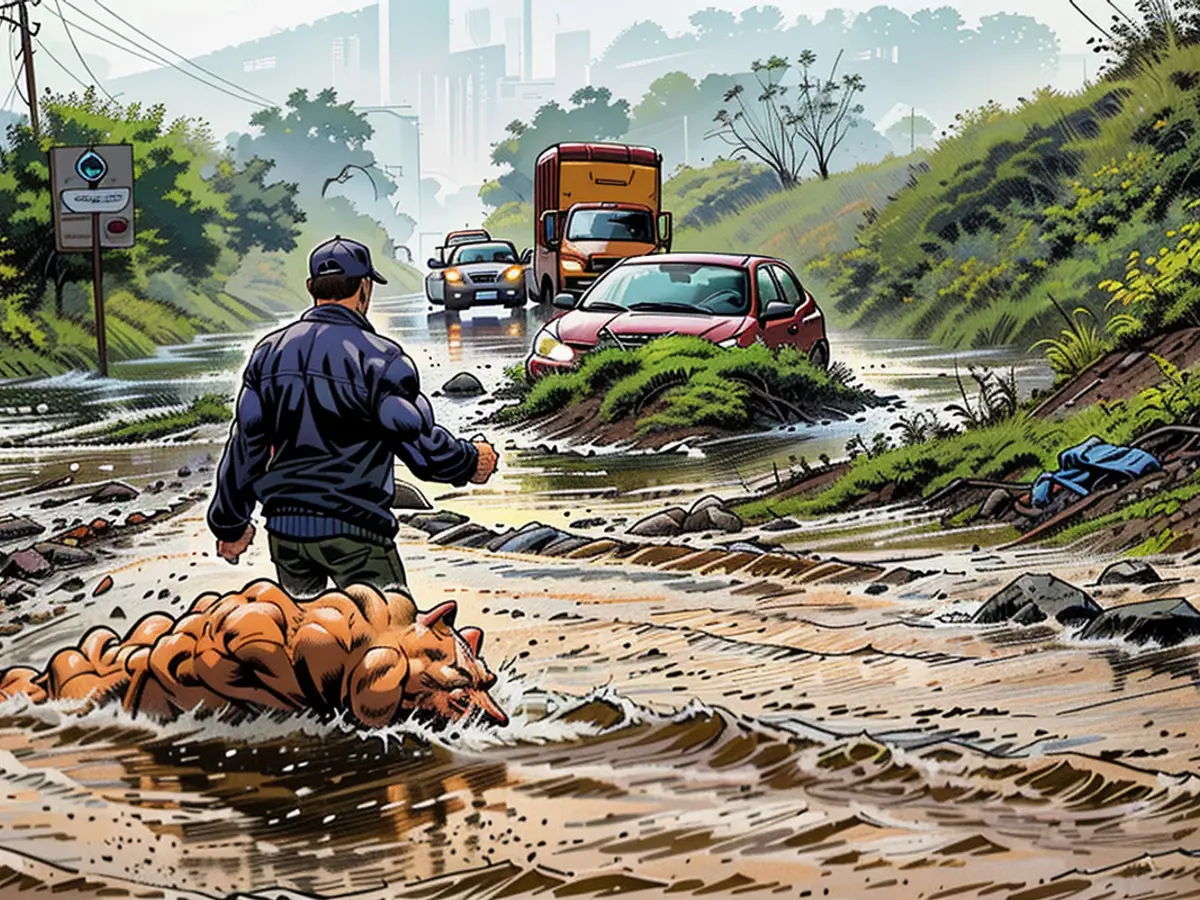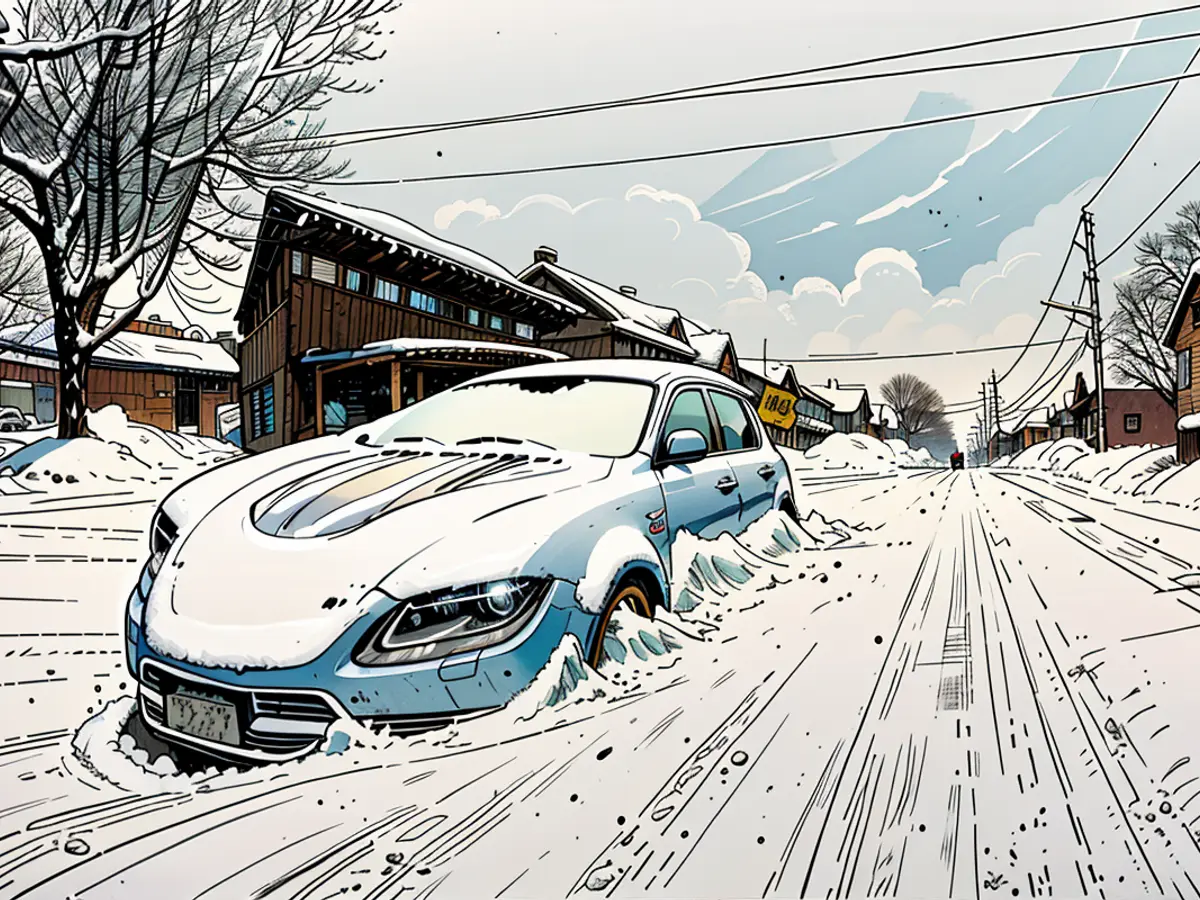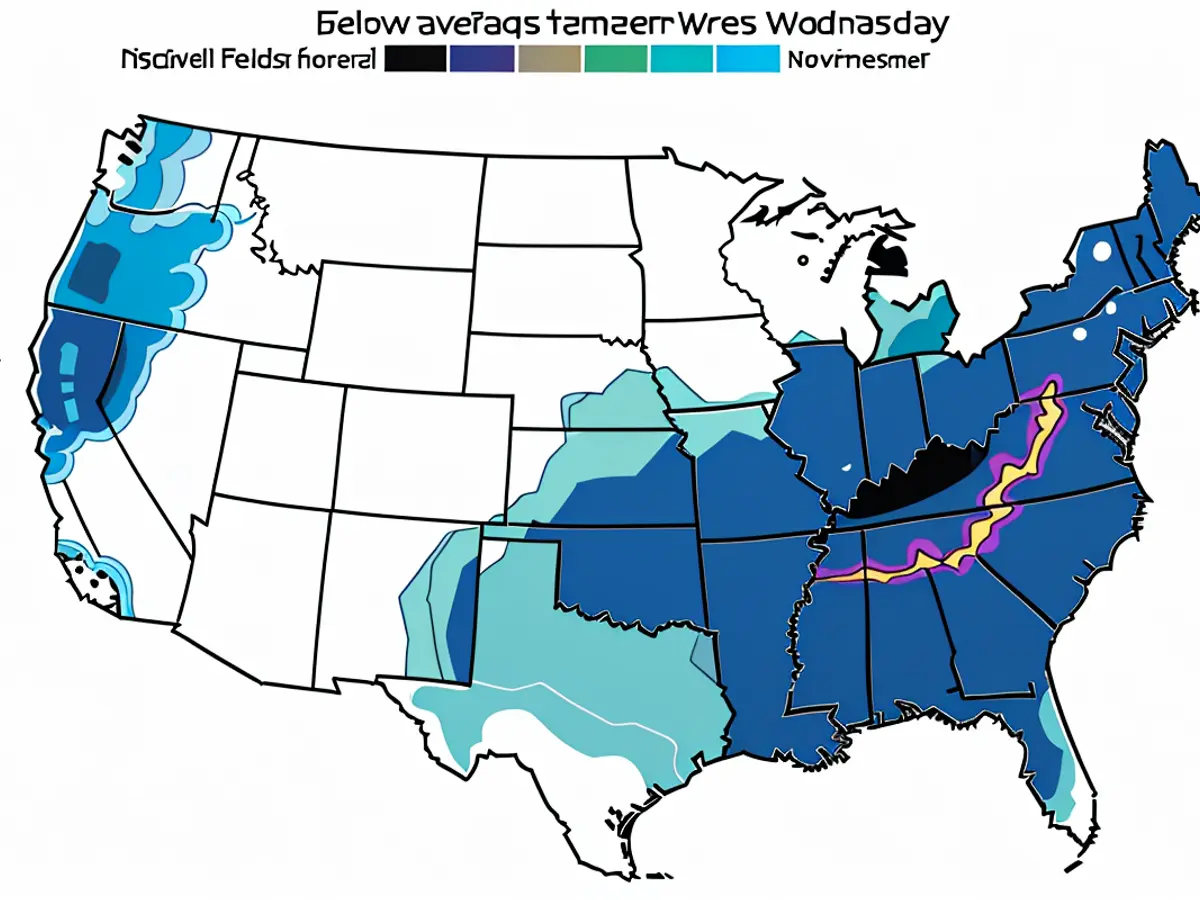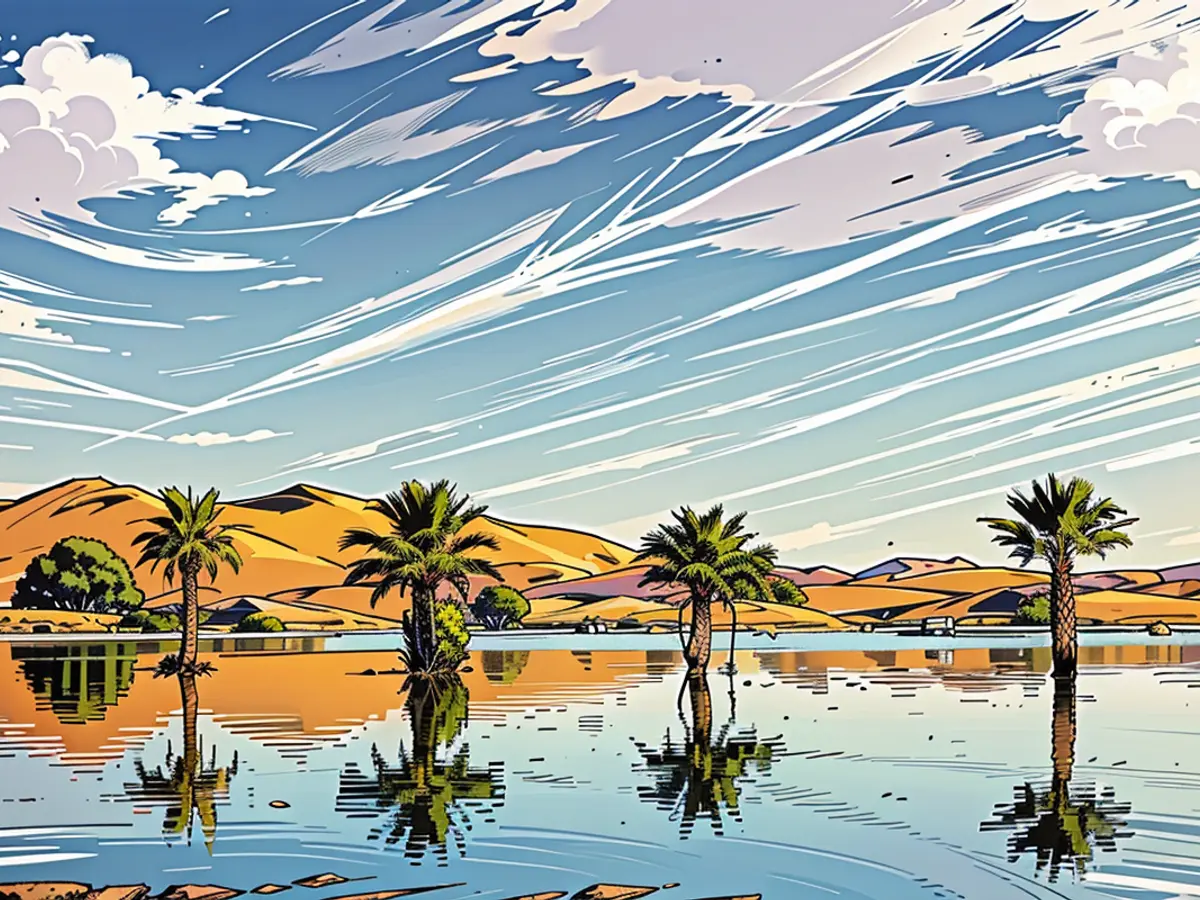This year, a crucial component has been absent from California's wildfires. Specialists express concern that the situation might worsen if this element manifests.
It's due to the escalating occurrence of extreme weather events that are becoming increasingly prevalent in a world that's warming up, that we're witnessing this situation.
As of now, it's been an average fire season in California, with around 6,000 wildfires raging across nearly 1 million acres, almost meeting the annual average of about 950,000 acres, as per statistics from CAL FIRE.
However, not all fires have been typical.
The Park Fire, ignited in Northern California in July, was an exception. It grew rapidly and intensely, becoming the fourth-largest fire in the state's history. The blaze ravaged an area the size of San Diego, destroyed at least 700 structures and injured at least three firefighters.
The Line Fire, still burning, became so violent recently that it generated its own weather. Neighboring, the Bridge Fire displayed unprecedented growth when it burned through about 12 miles of land in a single day, according to Tim Chavez, a retired assistant fire chief with CAL FIRE.
Remarkably, these fires broke out without the seasonal winds that often escalate some of the most destructive fires in the state, as reported by Chavez.
The Santa Ana and Diablo winds, originating in the desert, sweep over mountains and blow out to sea. These winds create highly flammable, bone-dry fuels and can intensify a small flame into a massive inferno.
It's unusual for a fire like the Bridge Fire to grow so rapidly without Santa Ana winds, as Chavez pointed out.
However, it's the conditions on the ground that have been fueling them.
The plant growth this year in certain parts of the state is nearly double the annual average, primarily due to the state's last two wet winters. Despite the two wet winters, bursts of heat during the summer dried out the plant growth, making it extremely flammable.
In 2020, abnormally dry conditions only affected around 1% of California, as per the US Drought Monitor. However, the situation has changed, with more than 70% of the state now experiencing abnormally dry or worse conditions.
This shift from wet to dry periods is becoming more common due to climate change, Swain elaborated. As the world warms up, the atmosphere absorbs more moisture, acting like a sponge. During the wet season, this sponge can release torrential rain, but during the dry season, it can also suck more moisture from the ground, making the soil drier.
This sequence of hot summers following wet winters is highly conducive for repeated active wildfire seasons since the fire fuels regenerate only to be dried out and burned again, as per Swain.
Imagine a desert landscape where plant growth is usually scarce.

"In a dry year, it's difficult to spread a wildfire through this landscape due to the natural fire breaks every 5 to 10 feet," Swain explained. "Once a tree or bush catches fire, it might burn only a few adjacent bushes before the fire stops."
However, this changes when the landscape gets wet.
"After a wet winter, there might be abundant growth of brush, including invasive grasses that fill in the gaps, increasing the amount of potential fuel," Swain said.
Now, any fire that starts after a hot, dry summer can spread much farther.
Where peak fire danger could still be to come
Fall is a crucial turning point in California's fire season due to typical weather conditions.
Santa Ana and Diablo winds usually start to escalate in September and continue till May. Once they return, the scenario for firefighters alters as fires fueled by these winds can suddenly shift and become violent, as Chavez cautioned.
The National Interagency Fire Center has flagged Southern California as a potential hotspot for fire activity through at least December. However, Chavez also warned of potential danger in the Central Coast due to the immense fuel sources that have yet to burn.
Even if the Santa Ana winds delay their arrival a little, conditions similar to those that sparked Southern California's recent blazes could reappear as soon as the end of September, according to Swain.
Swain is also concerned about a potential heatwave from late September into early October that could raise temperatures in California and the Southwest and dry out more fuel sources.
Additionally, Swain fears a late start to California's rainy season, which usually helps subdue fire activity.
The number of extreme fall fire-weather days in California has roughly doubled since the early 1980s due to warmer and drier autumns, as per a study Swain co-authored.
"Whether the winds or the rains win out is basically a yearly race we play," Swain said. "I would say this year, more likely than not, the winds will win out in Southern California."
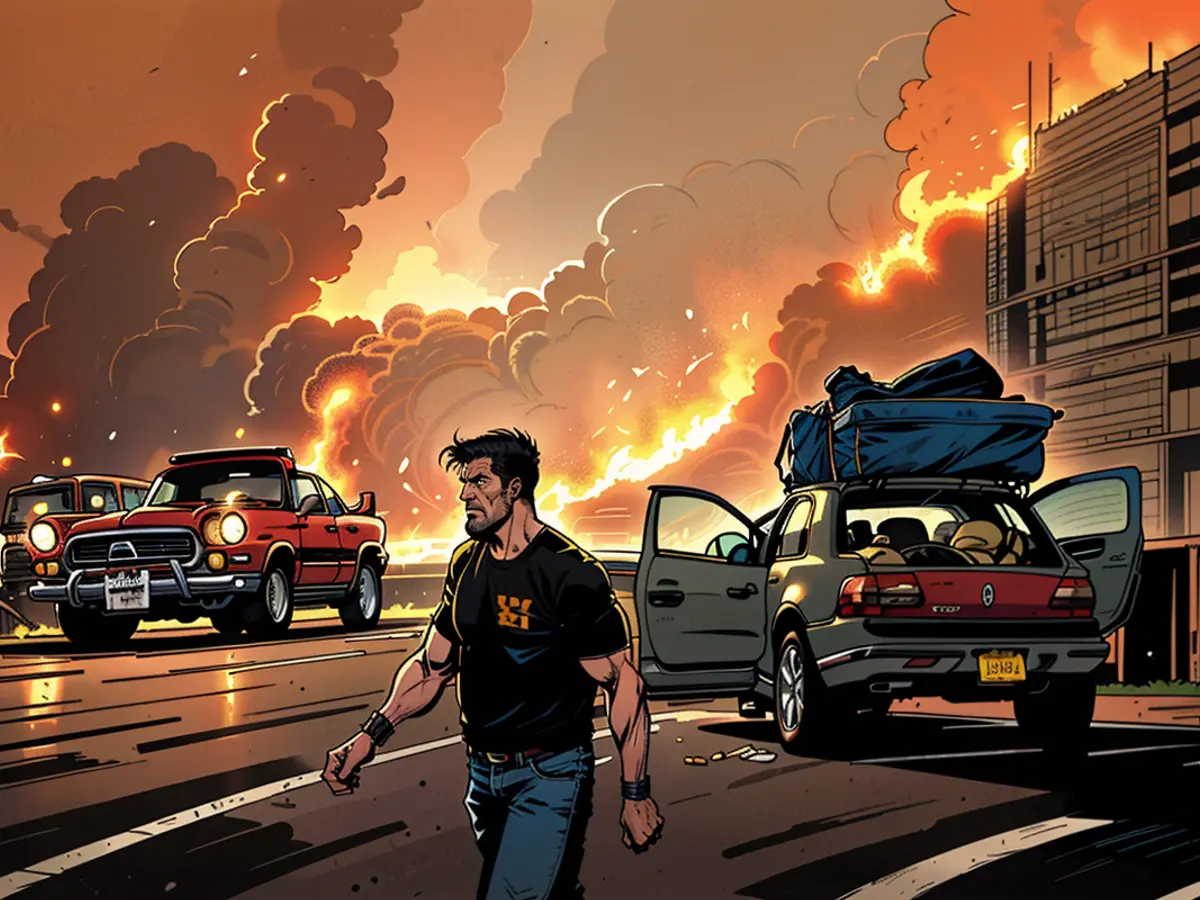
Given the current drying out of plant growth due to bursts of heat during the summer, even in areas with above-average precipitation from the last two wet winters, one can expect the weather to continue contributing to the escalating fire danger. Moreover, the National Interagency Fire Center has identified Southern California as a potential hotspot for fire activity through at least December.

